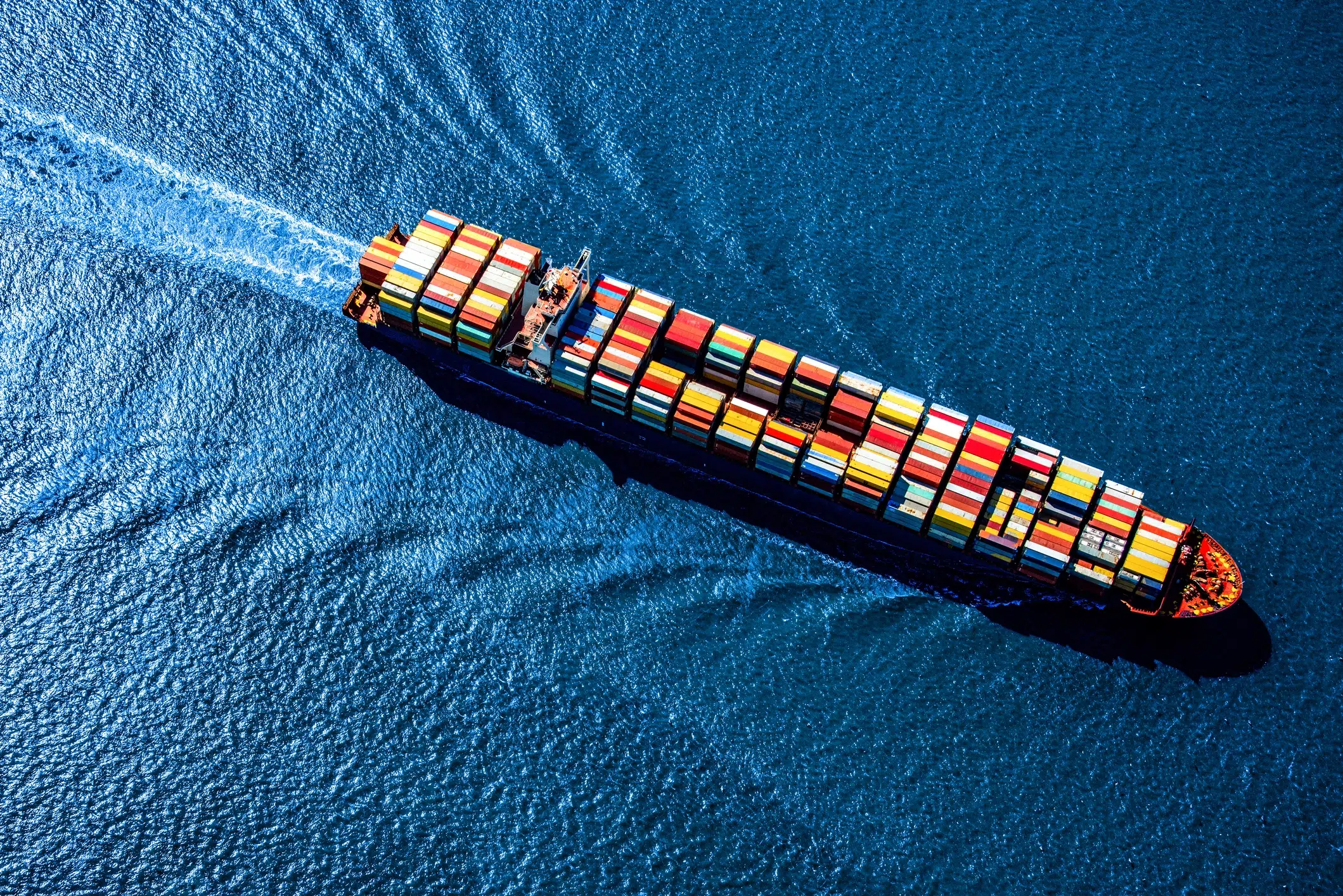
Drug Trafficking on Ships – Risk and Prevention
Commercial ships are being used increasingly to smuggle narcotics around the globe, with criminal organizations often coercing or bribing crew members into placing packages onboard vessels or facilitating access to the ship or cargo. Once a container is sealed the crew has no opportunity to inspect the cargo, so commercial carriers are not always aware that they are participating in the trafficking of drugs. Various fines and reputational loss can be incurred if narcotics are found onboard, therefore, it is essential that ship operators are aware of, and mitigate the risk of their vessel becoming unwillingly complicit in the trafficking of drugs.
So what can ships do to mitigate the risk?
Before Arrival
Under the International Ship and Port Code (ISPS), shipping companies, seafarers, and port authorities are responsible for ensuring safety and security procedures are followed in port. The port authorities are liable for the prevention of unauthorized personnel entering the port facilities and boarding vessels, however, it is the responsibility of all stakeholders to ensure they implement effective security plans and ensure all personnel are trained to be aware of possible security threats including drug smuggling.
• Create or review the Ships Security Plan and ensure relevant preventive measures are in place, such as, limiting access to the ship and monitoring the ship’s surroundings whilst in port.
• Request that the local agent provides a port security update and carry out a transit risk and threat assessment prior to arrival.
• Information and warning notices highlighting the risks involved in the smuggling of drugs should be displayed throughout the ship but particularly at the point of entry to the ship and living quarters.
• Install physical barriers in the rudder trunk or other cavities in the hull to deter their use to hide drugs.
Alongside
Enforce single entry points onto the vessel and prevent individuals who have no legal requirement to be onboard from gaining access. Maintaining a log at the point of entry/exit will ensure all external visitor’s details and paperwork is recorded. The Master and SSO should be informed if the crew are uncertain about the validity of an individual and if they have a legitimate reason to board the ship.
• Register all stores and packages before allowing them to be brought on board.
• Place a security watchman in areas where dockworkers or personnel from outside agencies and service providers are working when on the ship.
• If fitted, use the ship’s CCTV system to monitor all activities and record the footage for review if required. Use the ship’s spotlights to illuminate all vulnerable areas onboard and in the surrounding waters that could help to identify suspicious activity close to the vessel, for example, small boats or divers.
• Brief crew members before they go ashore about the risks from drug traffickers seeking to befriend them in an effort to bribe, threaten, or coerce them into facilitating the drugs being brought onboard. The crew should be made aware of the penalties and repercussions for themselves, their families, and fellow crewmembers.
Before departure
When loading operations are complete, a full, all-areas, search of the vessel should be carried out. The search for illegal substances can be combined with a stowaway search. If there are any suspicions that drugs may have been placed on board, such as where there are broken or missing seals found on containers, lockers or compartments, a full investigation should be conducted. A record should be made in the ship’s log with a comment regarding the findings from the investigation a record should also be made of the seal numbers. If the master has any suspicion that the ship has been the target of drug smuggling activity, they should request a comprehensive vessel inspection, which includes an inspection of the vessel’s hull below the waterline. There are anti-smuggling Remotely Operated Vehicles (ROV) available that can act as a deterrent or identify if any suspect packages or watertight canisters have been placed on the hull below the waterline.
After departure
Once the ship has departed and the pilot has disembarked, a thorough search of all compartments should be conducted, and the results recorded in the ship’s log.
If your vessel is due to load in a known drug trafficking hotspot, you should consider using a private maritime security team that can augment your ship’s crew when alongside, to specifically monitor the vulnerable areas of your ship and identify suspicious activity including that of the crew and port contractors.
Over many decades, drug traffickers have become more and more sophisticated at disguising their products and more adept at delivering them. Maritime shipping routes provide direct access to global distribution points and ship owners and operators have a part to play in making it as difficult as possible for smuggling to take place. By following the correct processes commercial ship operators can not only reduce the risk to their company’s reputation, but they can also protect their crews from the legal consequences if narcotics are discovered on a vessel.
For further expert advice on securing your vessel contact enquiries@priavoseurity.com.
